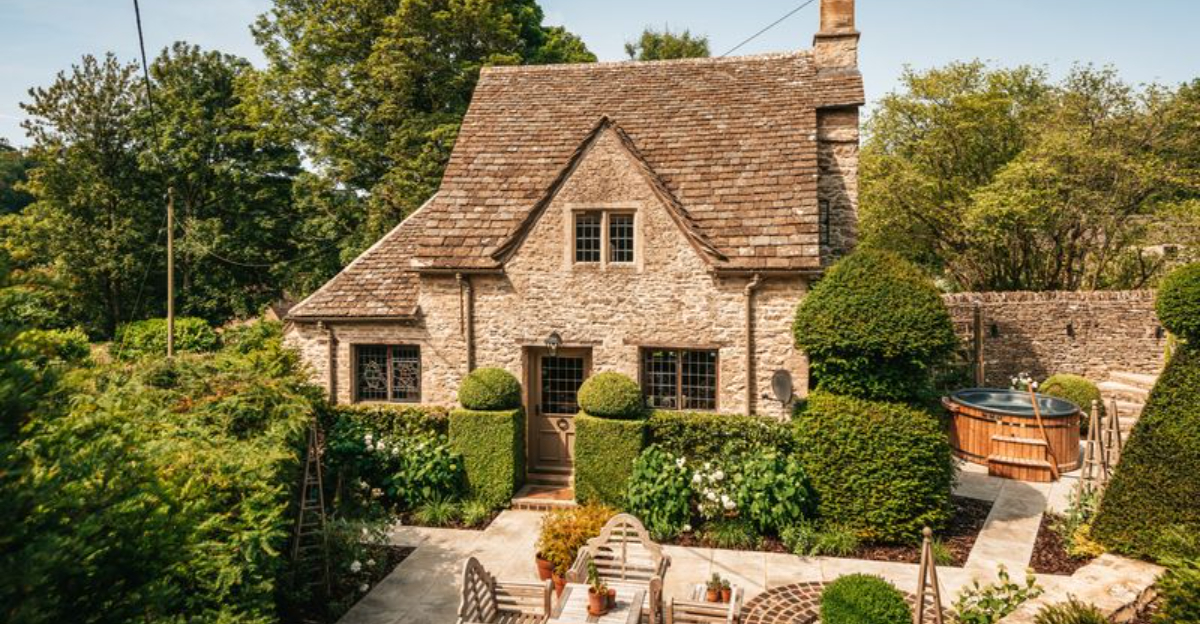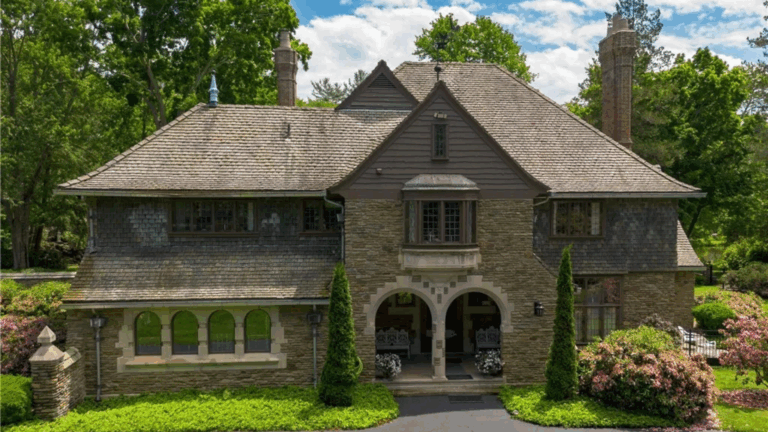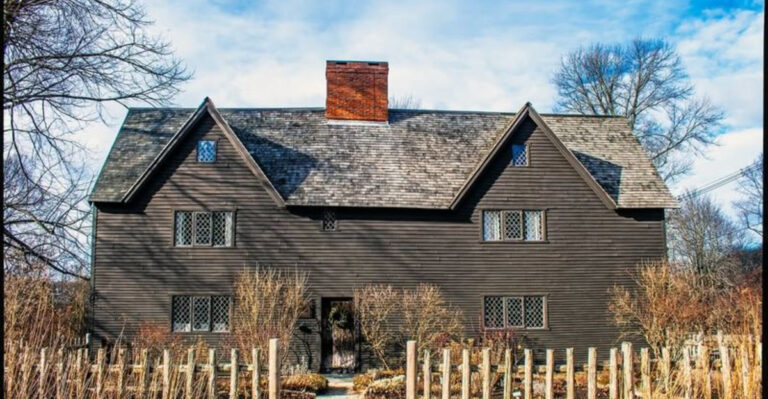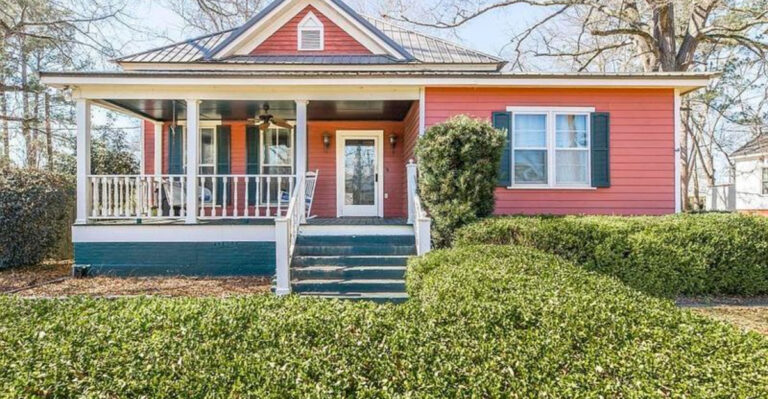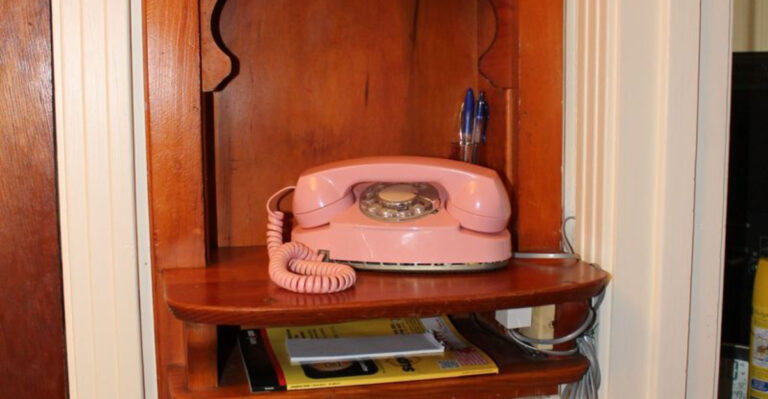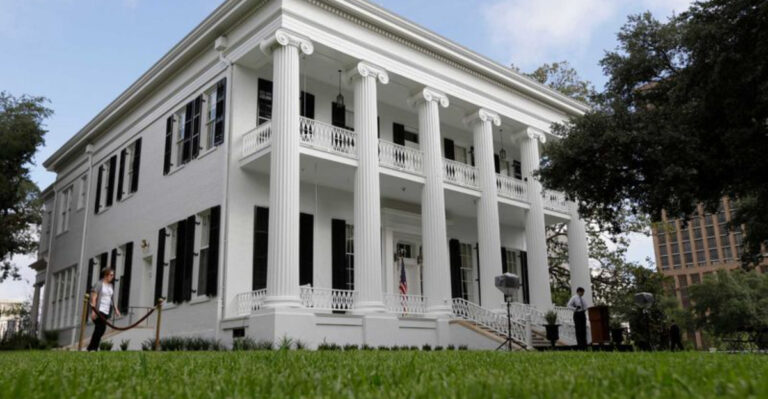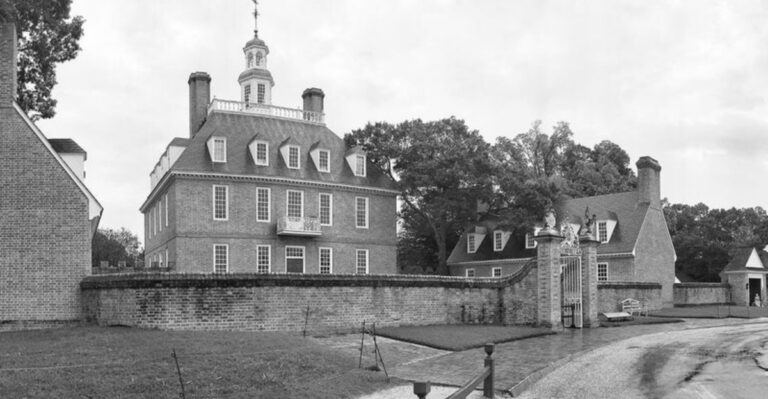16 Timeless British Style Houses Built For Grace And Comfort
There’s something irresistibly cozy about British homes that’s always drawn me in. Whether it’s a thatched-roof cottage tucked into the countryside or a graceful townhouse lining a city street, these places have a way of feeling both charming and lived-in.
The blend of history and practicality is what really gets me, these homes aren’t just beautiful, they’re smartly designed for real life. Every detail seems to tell a story, from the brickwork to the bay windows.
And the best part? Even with all that heritage, they still feel completely comfortable and relevant today.
1. Georgian Townhouse Grandeur
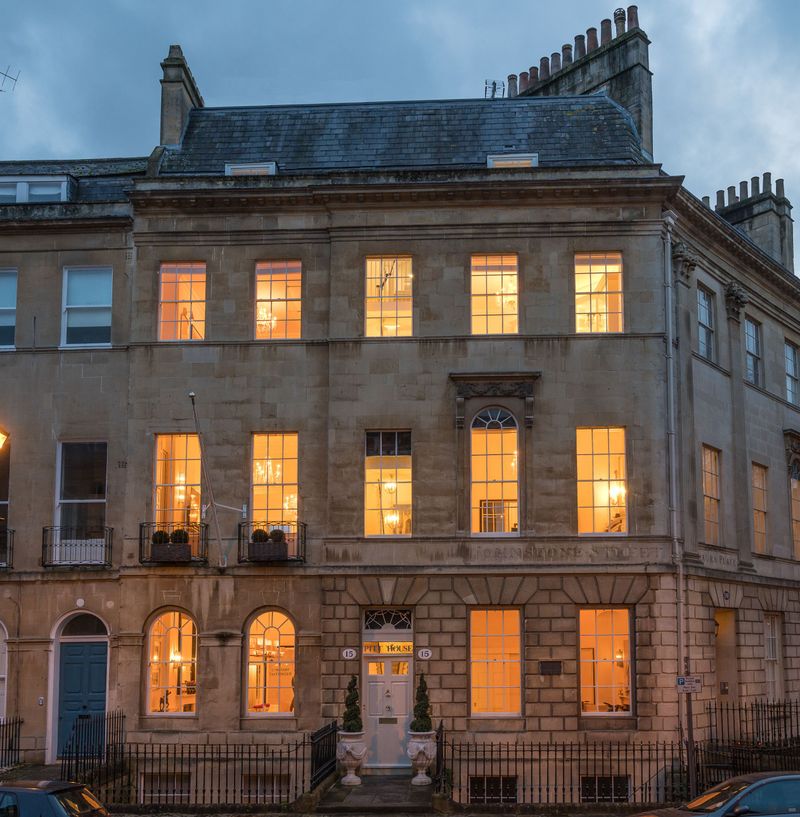
If walls could talk, Georgian townhouses would share tales of elegant soirees and sophisticated living. These symmetrical beauties feature tall sash windows that flood rooms with natural light.
Large, airy rooms with ornate ceiling moldings create a sense of luxury without feeling stuffy. Balanced proportions and classical details give these homes their timeless appeal.
Georgian townhouses often sit shoulder-to-shoulder on fashionable city streets, creating unified facades that have defined British urban landscapes for centuries.
2. Cozy Cotswold Cottages
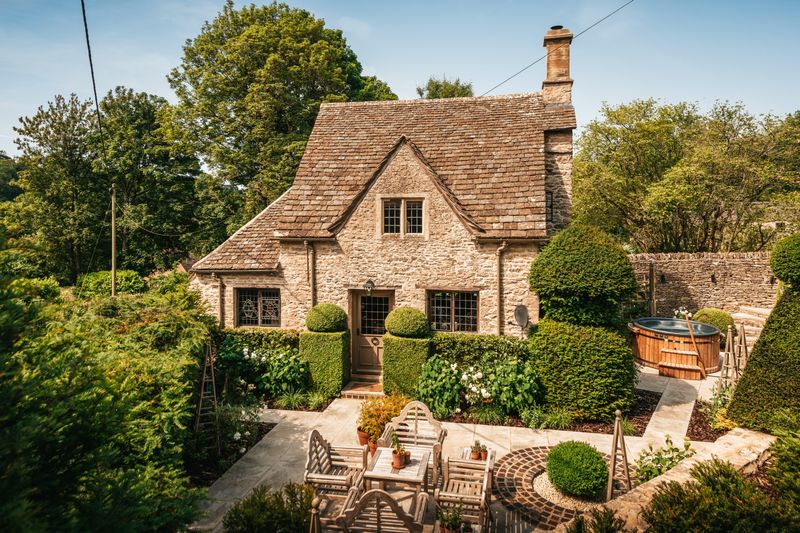
Honey-colored stone walls glow golden in the setting sun, making Cotswold cottages look like they’ve sprung straight from a fairytale.
Low beamed ceilings inside create intimate spaces that feel snug during cold winters. Gardens bursting with roses and lavender often surround these storybook homes.
The thick stone walls keep interiors cool in summer and warm in winter, showing how practical these pretty houses really are. Sometimes the roofs are thatched, adding to their storybook charm.
3. Victorian Terraced Splendor
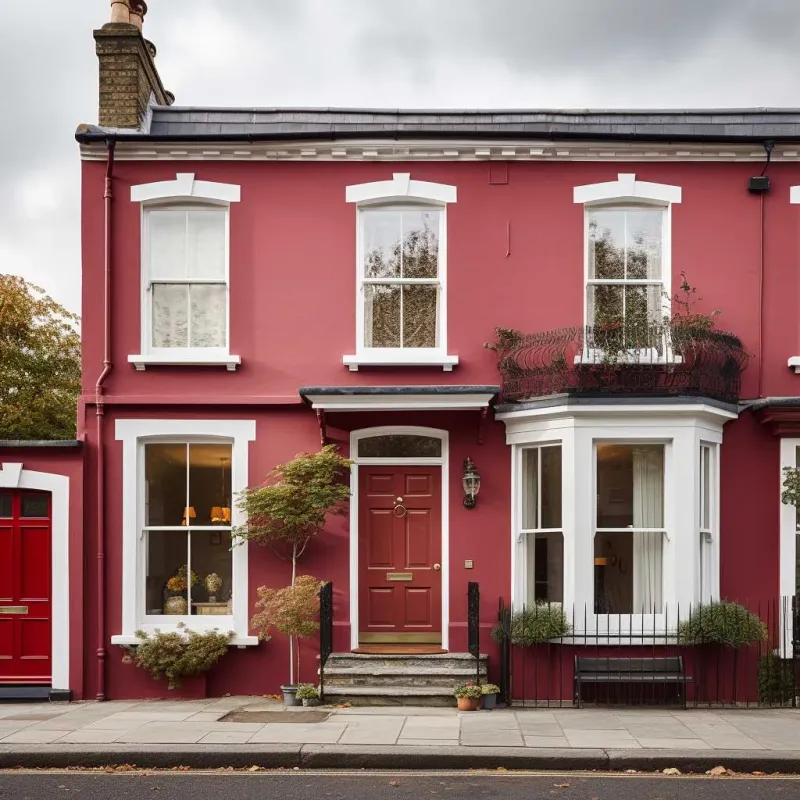
Knock on the door of a Victorian terrace and you’ll find homes bursting with character! Bay windows jutting proudly from the facade allow residents to people-watch while staying cozy inside.
Colorful tiles often lead to front doors painted in cheerful hues. Inside, ornate fireplaces serve as focal points in living rooms, while detailed moldings frame high ceilings.
Though modest in width, these homes often stretch surprisingly far back, with gardens offering green respite from city living.
4. Tudor Revival Charmers
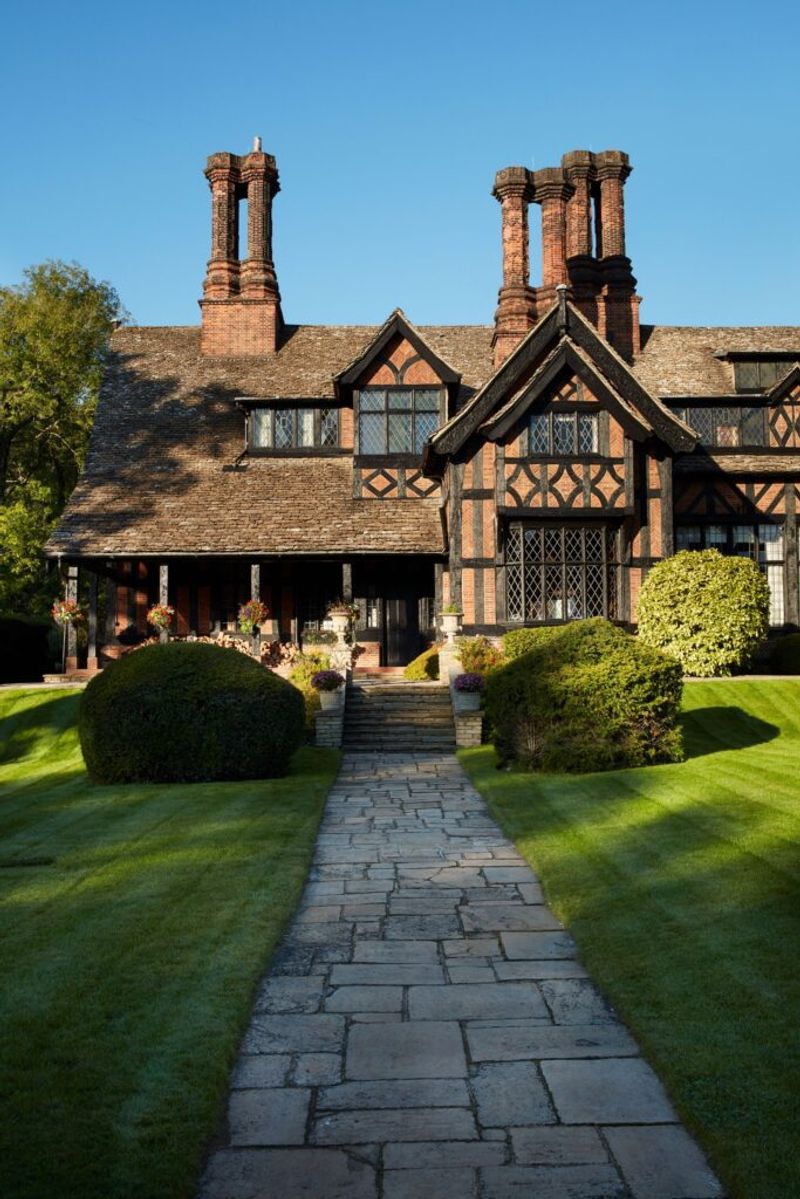
Straight out of a storybook, Tudor Revival homes feature those unmistakable dark wooden beams criss-crossing white plastered exteriors. Leaded glass windows with diamond patterns sparkle in the sunlight, casting playful shadows inside.
Stepping through the door feels like time travel! Uneven floors, exposed ceiling beams, and inglenook fireplaces transport you to medieval England.
Many Tudor Revival homes were built during the early 20th century when Brits fell back in love with traditional designs after the Industrial Revolution.
5. Regal Regency Residences
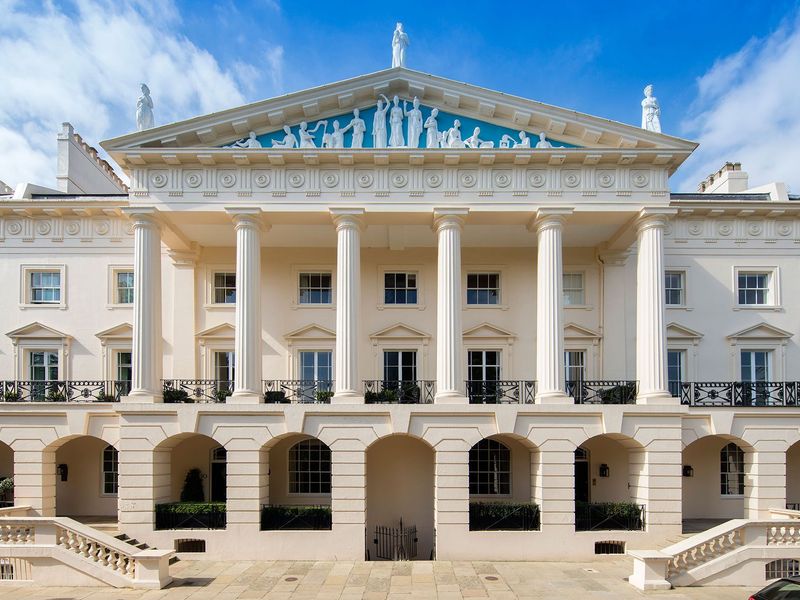
White stucco facades gleam in the sunlight, making Regency homes look like wedding cakes lined up along fashionable streets. Large windows and wrought iron balconies add a touch of romance to these elegant buildings.
Inside, high ceilings and grand proportions create a sense of space that feels luxurious even today. Curved staircases sweep dramatically upward, while decorative plasterwork adds subtle sophistication.
Found primarily in seaside towns like Brighton and elegant areas of London, these homes represent the optimism of early 19th century Britain.
6. Spacious Edwardian Family Homes
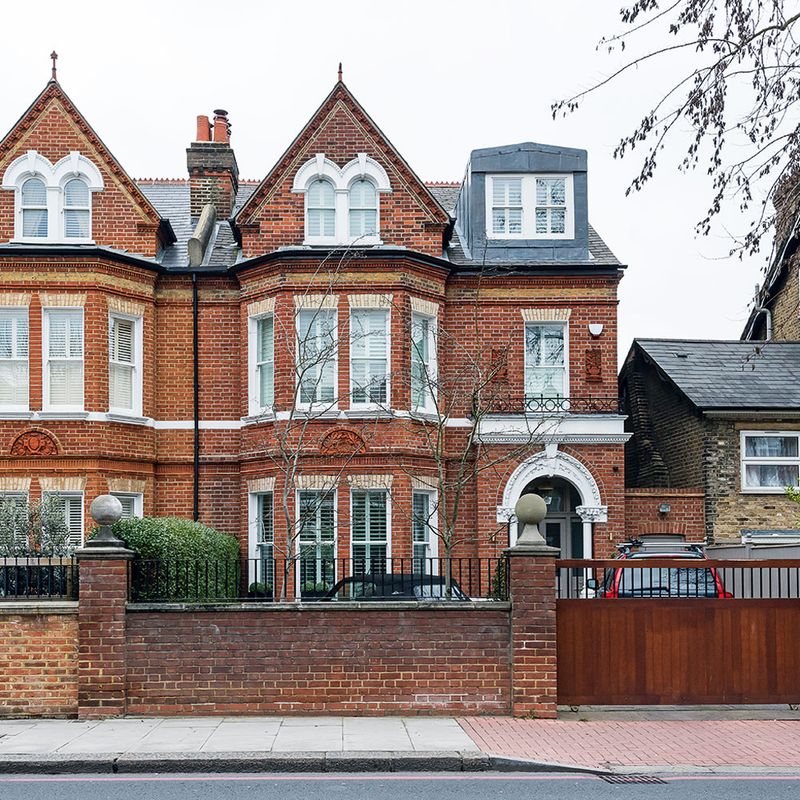
Move over, Victorians – Edwardian houses brought breathing room back to British architecture! Built when land was cheaper, these red-brick beauties offer wider rooms and more generous gardens than their predecessors.
Sunlight streams through large bay windows, illuminating parquet floors and simple yet elegant moldings. Front gardens with low walls create a friendly buffer between home and street.
Constructed during Edward VII’s brief reign (1901-1910), these houses blend Victorian craftsmanship with more modern conveniences – many were the first homes built with electricity!
7. Thatched Country Retreats

Beneath those thick straw hats, thatched cottages hide cozy rooms that have sheltered families for centuries. Surprisingly practical, good thatch lasts 50+ years and provides excellent insulation against both cold and heat.
Windows peek out from under eyebrow-like eaves, giving these homes their distinctive sleepy look. Gardens often feature traditional English plantings – hollyhocks leaning against whitewashed walls and climbing roses framing doorways.
While maintaining a thatched roof requires specialized skills, owners say the charm and character make it worthwhile.
8. Scottish Stone Farmhouses
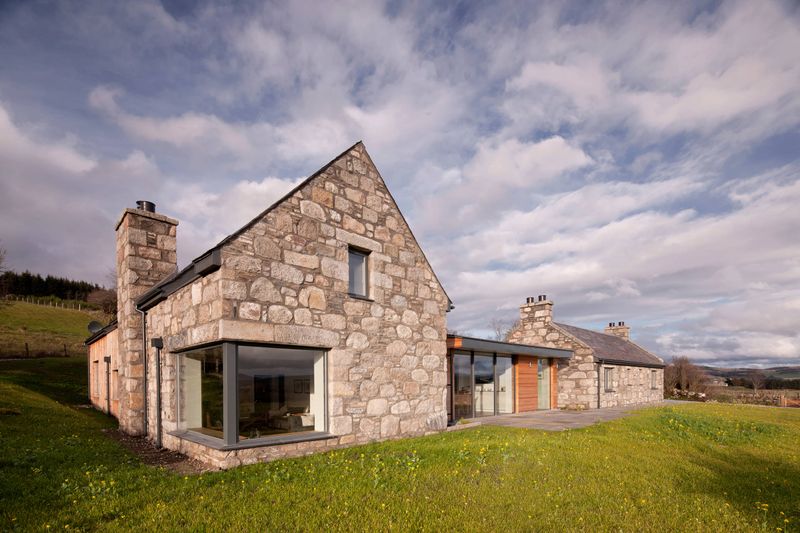
Braving the harsh Highland weather, Scottish stone farmhouses stand solid against howling winds and driving rain. Thick granite walls – sometimes three feet wide! – keep interiors surprisingly cozy despite the often forbidding exterior.
Small windows minimize heat loss, while central fireplaces warm the entire home. Traditional layouts feature a straightforward rectangular footprint with rooms arranged efficiently around central hallways.
Many of these farmhouses have stood for centuries, their weathered stones telling stories of generations who’ve sheltered within their sturdy walls.
9. Arts And Crafts Movement Masterpieces

Rebelling against mass production, Arts and Crafts homes celebrate handcrafted beauty in every beam and brick. Asymmetrical designs feature steeply pitched roofs, prominent chimneys, and windows of various sizes that create interesting interior light patterns.
Natural materials reign supreme – oak paneling, copper fixtures, and handmade tiles showcase the skill of British craftspeople. Built-in furniture and inglenook fireplaces create cozy nooks for reading or conversation.
These homes, popular from 1880-1920, were designed as total works of art where architecture and furnishings worked harmoniously together.
10. Stately Queen Anne Revivals
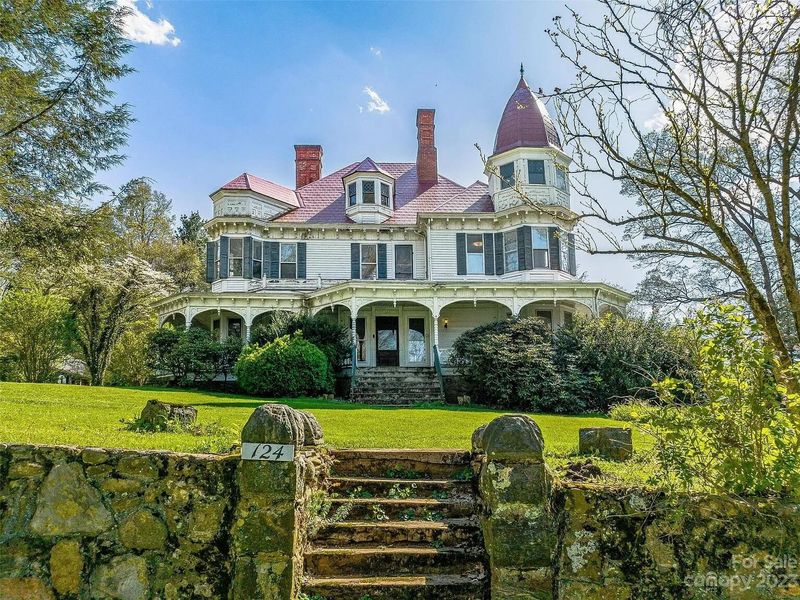
Queen Anne Revival homes wink at passersby with their playful mix of architectural elements. Turrets, wrap-around porches, and fish-scale shingles create homes that feel both whimsical and grand.
Sunlight dances through stained glass transoms, casting colorful patterns across wooden floors. No two Queen Anne homes look exactly alike – each represents the unique vision of its original owner and architect.
Popular during the late Victorian era, these homes offer surprising versatility with their numerous rooms of varying shapes and sizes.
11. Palladian Country Houses
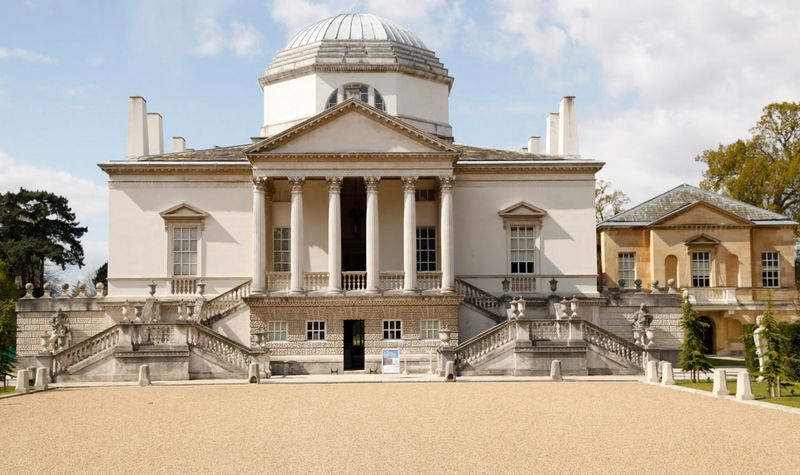
Inspired by Italian Renaissance architect Andrea Palladio, these magnificent country houses balance grandeur with harmony. Perfectly symmetrical facades feature columns, pediments, and central domes that create an impression of classical perfection.
Sweeping staircases lead to piano nobile (main floor) rooms with soaring ceilings and views across manicured landscapes. The proportions follow mathematical ratios believed to be pleasing to the eye.
While originally built for aristocracy in the 18th century, many Palladian-inspired elements appear in more modest British homes today.
12. Modern British Eco-Homes
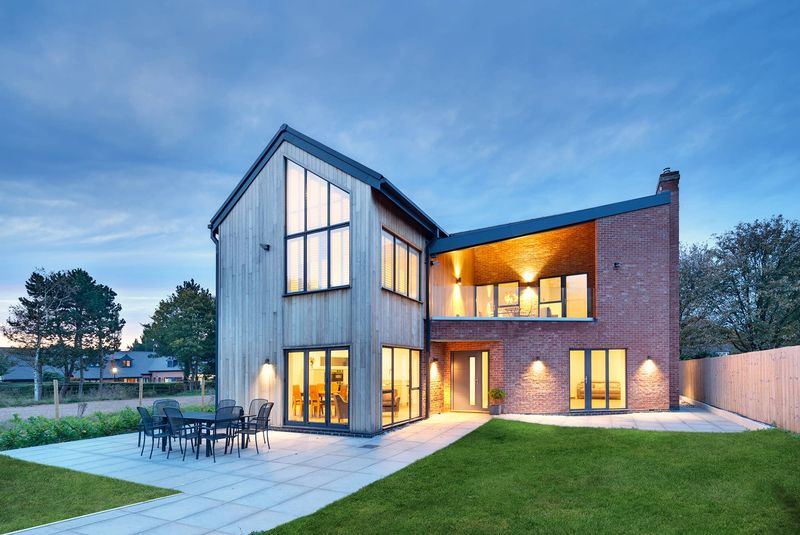
Looking toward the future while honoring the past, modern British eco-homes blend traditional materials with cutting-edge sustainability. Solar panels nestle among slate roof tiles, while triple-glazed windows in traditional styles slash energy bills.
Open-plan interiors maintain period features while creating light-filled, flexible living spaces. Rainwater harvesting systems and ground-source heat pumps hide discreetly beneath gardens inspired by traditional English designs.
Though thoroughly modern in function, these homes often incorporate regional materials like Cotswold stone or Welsh slate to maintain visual harmony with their surroundings.
13. Elegant Jacobean Manor Houses
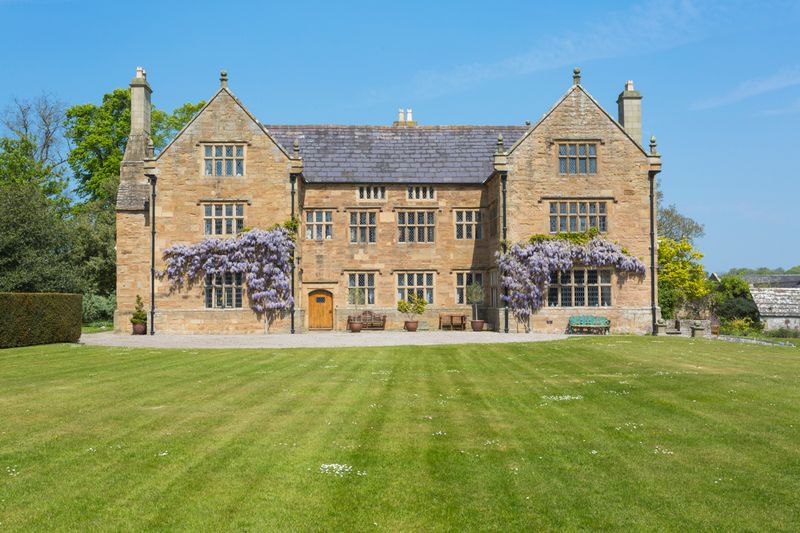
Standing proud since the early 17th century, Jacobean manor houses showcase the wealth of their original owners through elaborate detailing. Mullioned windows with leaded glass panes create distinctive geometric patterns across stone facades.
Step inside to find oak-paneled halls leading to grand staircases with intricately carved newel posts. Massive fireplaces with decorative overmantels warm rooms adorned with plasterwork ceilings depicting family crests and mythological scenes.
Though grandly scaled, these homes maintain a certain coziness through their compartmentalized room layouts and warm materials.
14. Charming Welsh Longhouses
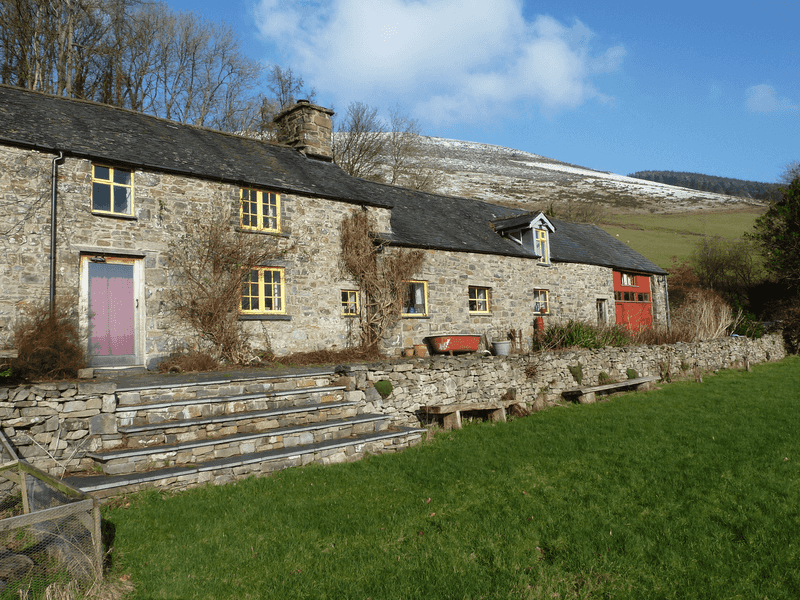
Farmers and their animals once shared these practical homes, with livestock kept at one end and family at the other! The long, narrow footprint maximizes southern exposure while minimizing cold northern winds – clever design for the Welsh climate.
Thick stone walls and small windows help maintain stable indoor temperatures year-round. Modern renovations often open up the former animal quarters into additional living space while maintaining the distinctive linear form.
Many Welsh longhouses feature traditional whitewashed exteriors that stand out beautifully against green hillsides.
15. Lake District Stone Cottages
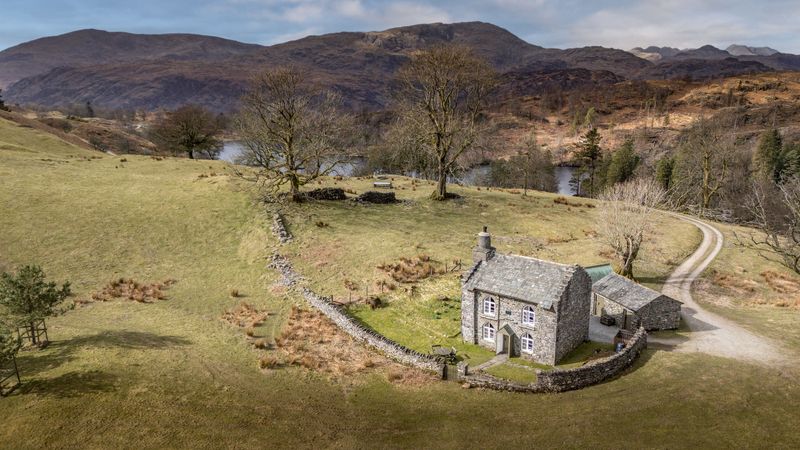
Weathering centuries of Lake District rain, these sturdy cottages blend perfectly with their dramatic surroundings. Local slate forms both walls and roofs, creating homes that seem to grow naturally from the landscape.
Windows remain deliberately small to keep out bitter winter winds, while thick walls maintain comfortable temperatures. Whitewashed interior walls maximize precious natural light.
Originally built for farming families, many now serve as beloved holiday homes where visitors can experience authentic Cumbrian architecture while enjoying spectacular lake and mountain views.
16. Rustic Suffolk Pink Cottages
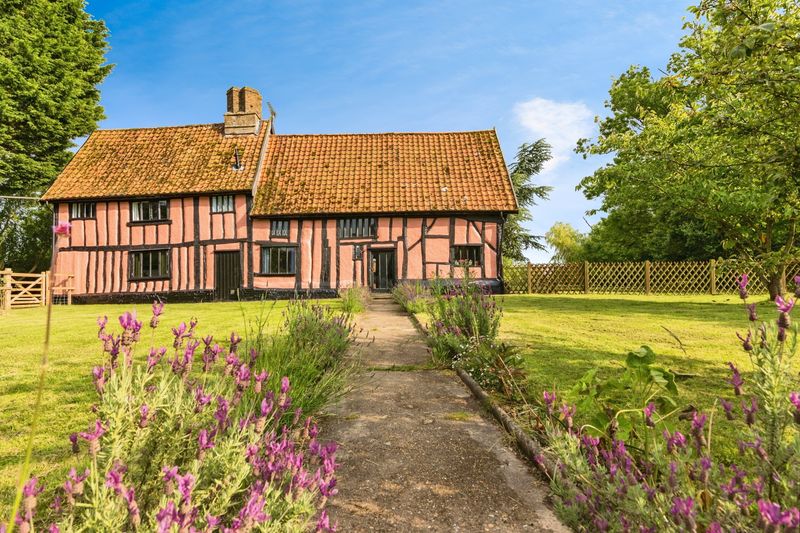
Why pink? That’s the question visitors always ask about Suffolk’s distinctive cottages! The traditional color comes from mixing lime wash with local additives – including pig’s blood or elderberries – creating that iconic soft pink hue.
Timbered frames filled with wattle and daub create the structure, while thatched roofs complete the picture-perfect appearance. Inside, low doorways (mind your head!) lead to surprisingly comfortable rooms arranged around central chimney stacks.
The pink color wasn’t just decorative – it helped seal the walls against harsh East Anglian weather.

